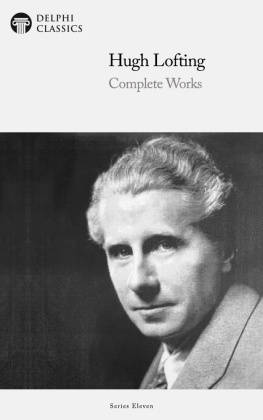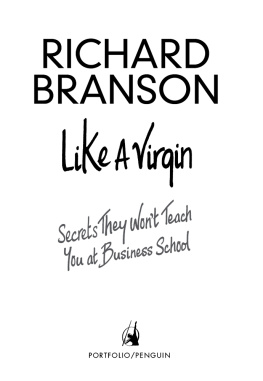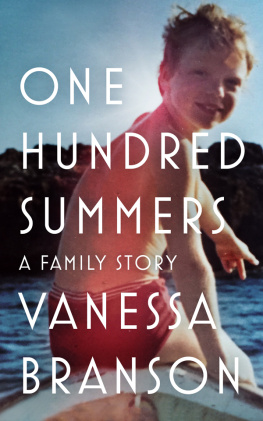A COMPARISON
Since the world began Magic and wizardy seem to have held a great fascination for mankind, an example being in the story of the Witch of Endor. That this tendency has in no wise altered is clear from the popularity of conjurors, illusionists, and so called magicians who still, be it East or West, attract an audience so easily and so surely. This little volume is written in the hopes that it may prove of interest to the thousands who reside in India, and those other thousands who, visiting its coral shores from time to time, often discuss in wondering amazement how the Indian conjuror performs his tricks. It is also written to uphold the reputation of the Western conjuror against the spurious ascendancy held by his Eastern confrere.
Before describing the many well known tricks that are shewn by the "house to house" Jadoo-wallah, and explaining how they are done, we will compare the average Indian conjuror with his mystic friends in Europe, America and China.
Let us for a moment picture in our mind's eye the stage and person of the European or American conjuror. A few small tables with spindle legs (upon them a steel frame or so, transparent and decorative) are exposed to our view. The performer appears with rolled up sleeves in close fitting clothes and by the end of his performance has filled the stage with several large flags, a bouquet of flowers and, may be, a beautiful lady, all, possibly produced from a top hat. His performance is given to the accompaniment of amusing patter and is brightened with the colour of the articles he produces.
He may be an illusionist pure and simple and does not indulge in sleight-of-hand at all. In this case the comparison with the Indian Jadoo-wallah is not a fair one, as the latter has not the means to purchase the complicated mechanism necessary for up-to-date illusions as shewn by European magicians.
Whether or no his superior education is the reason, the European conjuror gains in skill and shows his inventive genius as time goes on. His effects are studied, and his paraphernalia embraces more and more varied articles. The disappearance of a Christmas tree with all its candles lighted is an excellent example to what he has risen. He takes an interest in his profession or calling and strives to outdo others in neatness or by inventing an exclusive trick to which his name can be given and handed down to posterity. This may be the result of large fees that can be earned at the "Halls" or by private entertainments by those at the top of the tree. But these fees are open to a conjuror of any nationality, and I am confident that the interest the European takes in his hobby has more to do with his superiority than education and large fees. The ruling Princes of India are very fond of watching a clever conjuror and can pay enormous fees, but no Indian conjuror appears to appeal to them. A Western performer always wants to give his best to his audience and takes a pride in mystifying them. David Devant, who is one of the greatest living exponents has quite recently written an article in the Strand Magazine of his dreams of tricks that he would like to be able to do. To meet the late Charles Bertram "at home" was a study in itself. To have seen him playing, as a child would play, with a pack of cards until he stumbled across a new sleight and watched the enjoyment written all over his face, was a proof of his deep interest in his hobby.
Can anyone imagine an Indian conjuror dreaming of a new trick? "Ghee and khana" (clarified butter and food) form the subject of the majority of his dreams. When he does play with anything it is to caress lovingly the "paisa" or pieces of money that he last earned, not to improve his dexterity but because they will give him a good meal, a cup of arak, (or intoxicating liquor) and a long lazy sleep.
The Chinaman gives his entertainment with his stage well filled with tables covered with gorgeous dragon-be-decked draperies that reach the ground, and behind which useful assistants could be easily concealed. His own garments are roomy and his sleeves could contain a multitude of billiard balls and rabbits. But he gives a showy performance with clean bright articles, ending up occasionally, as I have seen, with the production of twelve large Chinese lanterns all lit!
The Chinaman is the inventor of many of the most beautiful illusions that are performed. One of the prettiest tricks imaginable is that of the production of bowls of gold fish in real water, one of Chinese origin. He has improved from ancient times as an up-to-date showman, and is a wonderful illusionist. To show what can be done in the voluminous garments of a Chinaman, on one occasion, I, in his national costume, produced a large bowl of water which took two men to carry away, then a little boy aged ten, and his younger brother aged five, ostensibly from a shawl without moving from the centre of a stage devoid of trap doors, or any furniture. It was more a feat of strength than skill at conjuring, though, as one may readily imagine, extremely effective.
The Chinaman is also a clever productionist and excels in producing flowers, lanterns and similar articles. His dexterity or sleight-of-hand is good but inferior to that of the European. He has and uses well, many extremely ingenious devices, or "fakes." One in particular has always appealed to me and is worth describing. He takes a piece of tissue paper which he either chews, or moistens somehow and rolls it into a small ball like pulp. This he places on his fan and tosses up into the air several times while it gradually assumes the shape of an egg. After some few seconds it has become a large duck's egg which he places in an egg cup on the table in full view of the audience. This little trick is very effective, easy to do, and can be purchased for half-a-crown at any magical depot in London.
I hope that I have gained my point in showing that the Chinaman is an ingenious and a neat performer. There are many other amazing tricks which were originated in China and the far East, (as the Japanese are as good, if not better than the Chinese) but this egg trick is to my mind the most symbolical of Chinese magic.
The Indian juggler or Jadoo-wallah arrives with a basket large enough to contain a man, as we will see later, a huge dilapidated bag, a voluminous dhotie or loin cloth, and possibly a snake basket or two. He is a poor man or "gareeb admi" and looks it. He starts a whine in the hope of getting an audience through sympathy. If he does not whine he assumes an air of superiority that is somewhat exasperating. At sleight-of-hand he is far below the level of the average European performer. He spoils his art by the continual diving into his bag ostentatiously to dig out the bone of a cow or an antiquated "dolly," of the rag doll type. If only he would do his little tricks away from his impedimenta in clean clothes he would add 50% to the merit of his performance though it would probably be not so entertaining to those newly arrived in India.











